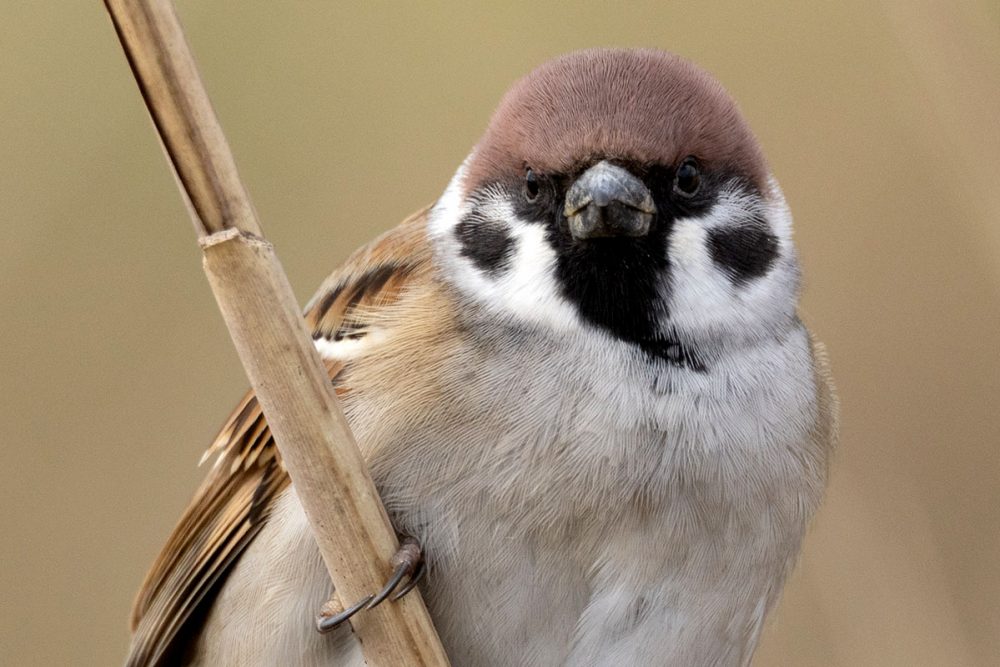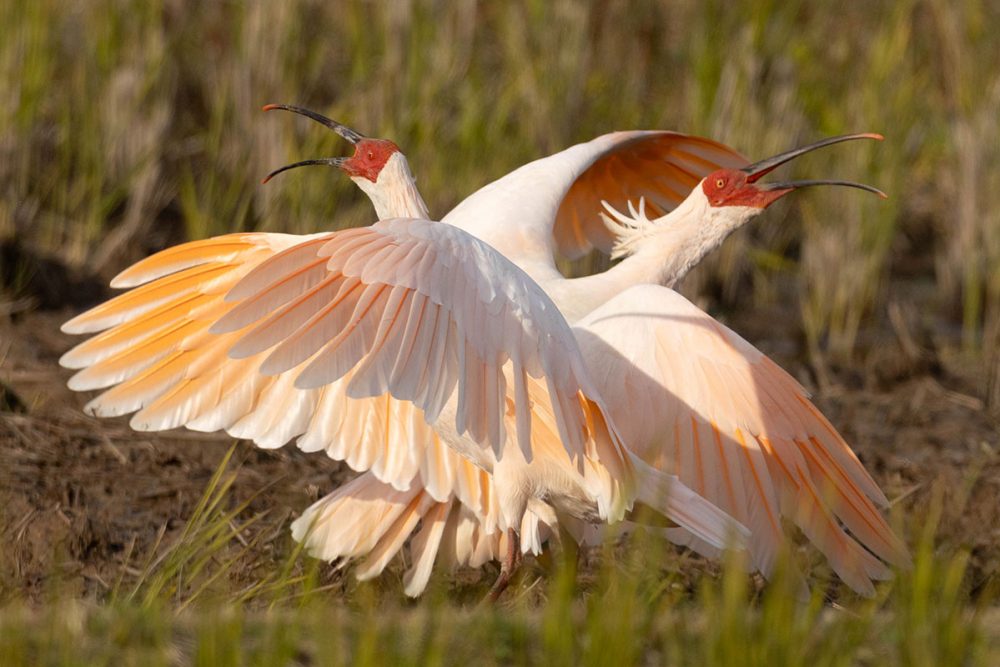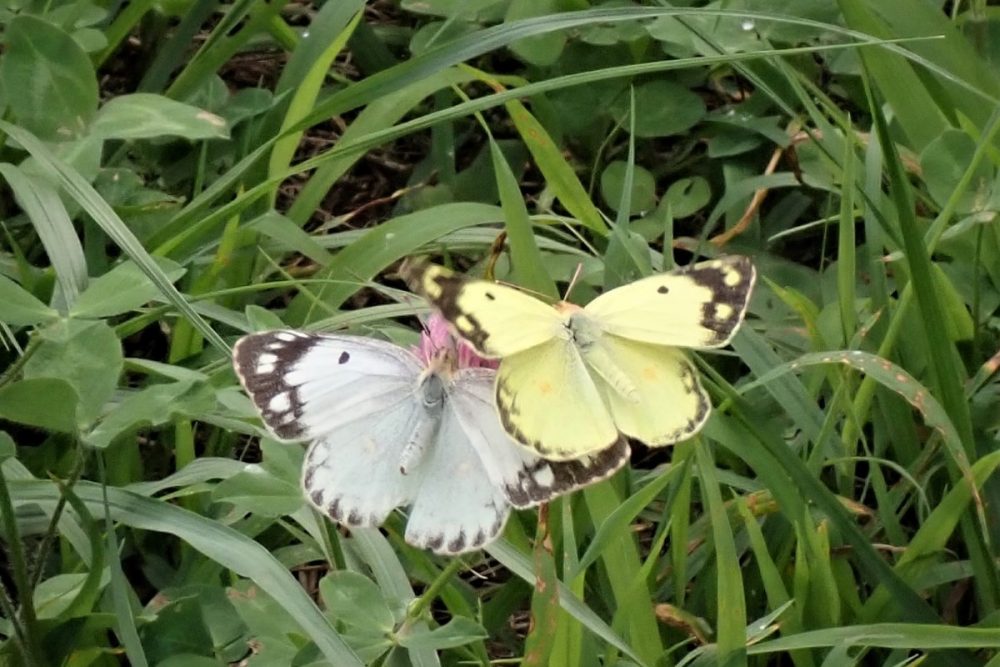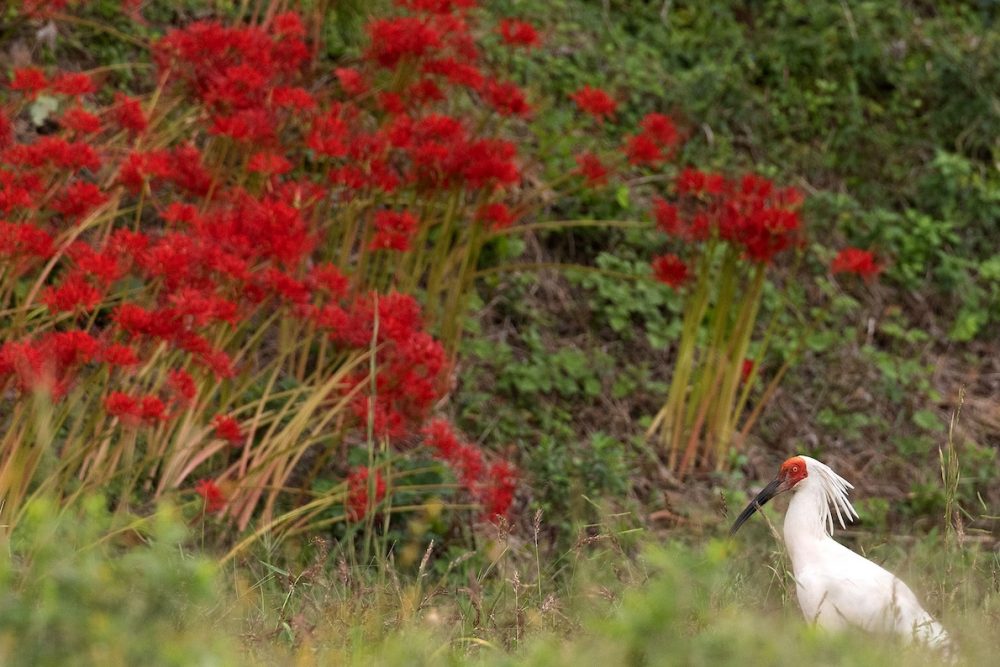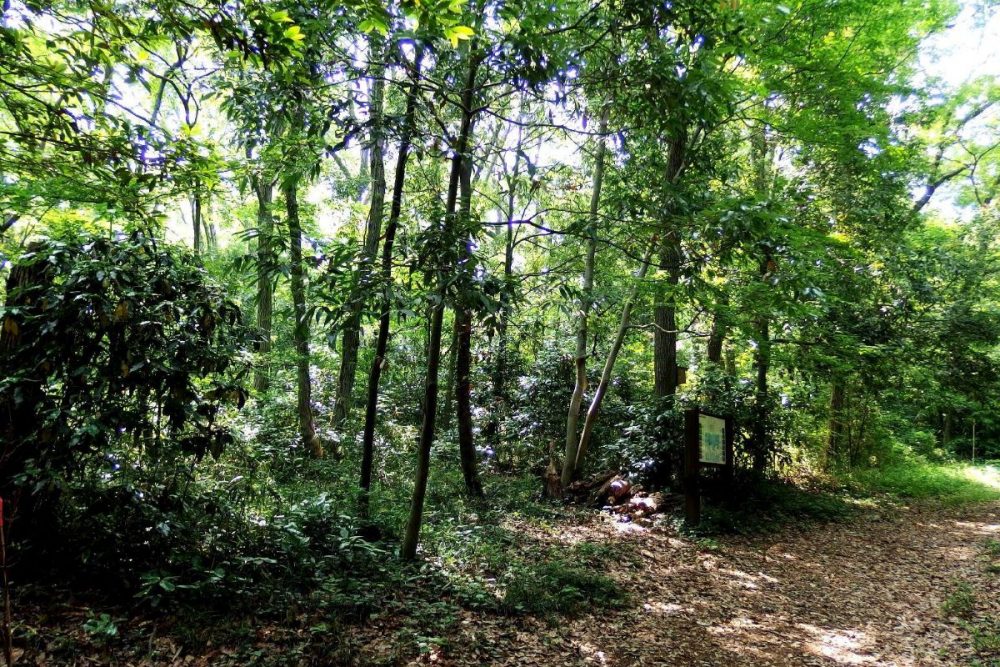'SDGs Bonds' Fuel Conservation Efforts for Japan's Endangered Wildlife
Local governments around the country are increasingly using 'SDGs Bonds' to improve the habitats of endangered birds like the crested ibis and white stork.
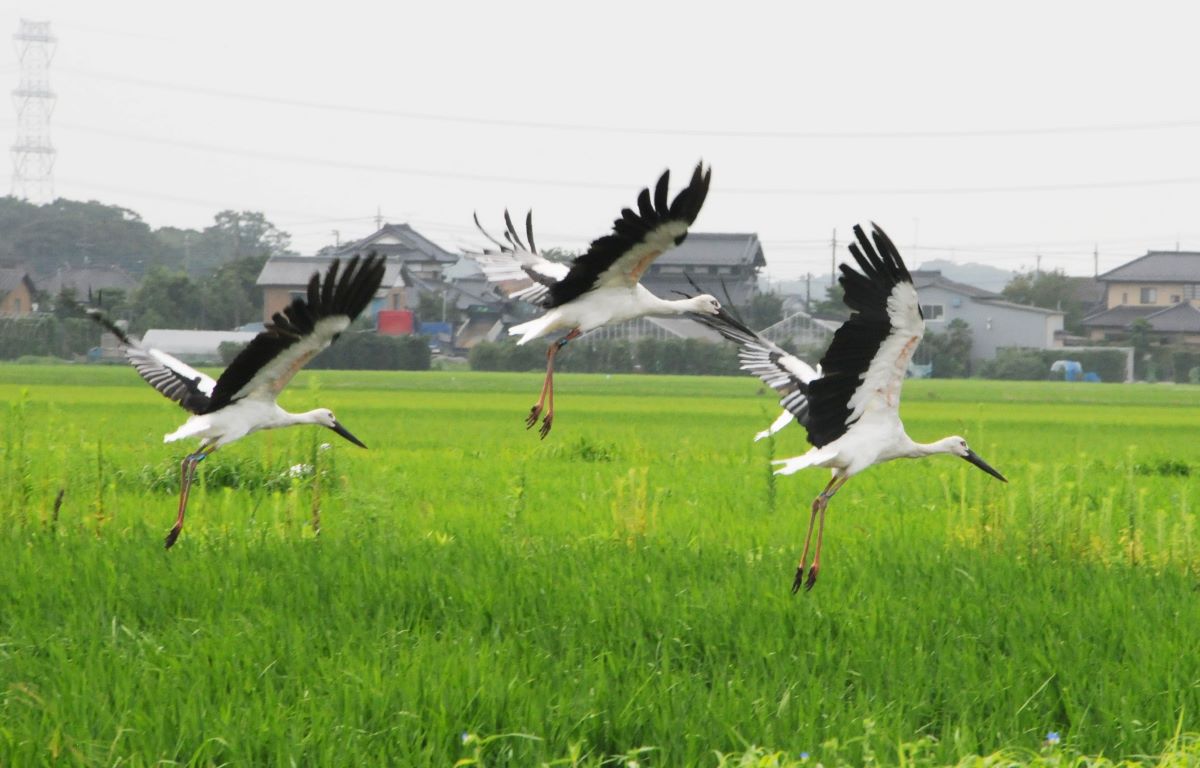
このページを 日本語 で読む
Local governments around the country are issuing SDGs bonds to fund biodiversity conservation efforts. The bonds take their name from the United Nations Sustainable Development Goals (SDGs). Authorities are channeling a portion of funds raised through these bonds into habitat improvements for endangered species like the crested ibis and the Oriental white stork, both designated special natural monuments. Demand from investors, including businesses, is strong.
Conserving Storks and Ibis
Bonds issued by Ishikawa Prefecture in February 2024 incorporated funds for building and improving rice paddies. These fields serve as feeding grounds for the endangered crested ibis.
Ishikawa is known as the last prefecture on Japan's main island of Honshu where crested ibises lived before once going extinct in the country. Ibis now inhabit the prefecture again after birds bred in captivity were released into the wild.

Meanwhile, Hyogo Prefecture has issued SDGs bonds for two years straight targeted at the conservation of the white stork. The prefecture is known as one of the last breeding grounds for storks. Bonds support projects to increase the stork population. In 2022, ¥2 million yen of the ¥20 billion yen raised was allocated to creating shallows and feeding grounds for the storks.
SDGs bond issuance is on an increasing trend year by year. Traditionally local governments have put focus on efforts to reduce carbon dioxide (CO2) emissions. Now, a growing awareness of the importance of biodiversity has led to a broader focus for the bonds.
このページを 日本語 で読む






